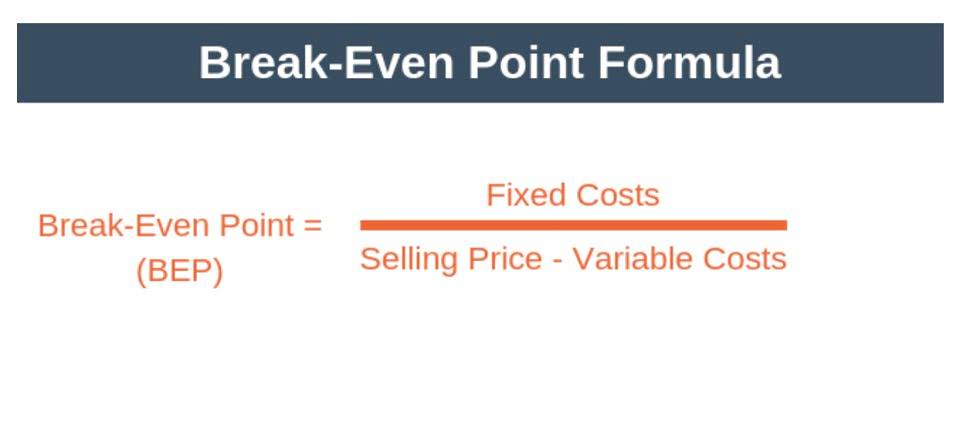6 1 Calculate Predetermined Overhead and Total Cost under the Traditional Allocation Method Principles of Accounting, Volume 2: Managerial Accounting

If the overhead rate is recomputed at the end of each month or each quarter based on actual costs and activity, the overhead rate would go up in the winter and summer and down in the spring and fall. As a result, two identical jobs, one completed in the winter and one completed in the spring, would be assigned different manufacturing https://www.bookstime.com/ overhead costs. To avoid such fluctuations, actual overhead rates could be computed on an annual or less-frequent basis. However, if the overhead rate is computed annually based on the actual costs and activity for the year, the manufacturing overhead assigned to any particular job would not be known until the end of the year.

A pre-determined overhead rate is the rate used to apply manufacturing overhead to work-in-process inventory. The first step is to estimate the amount of the activity base that will be required to support operations in the upcoming period. The second step is to estimate the total manufacturing cost at that level of activity. The third step is to compute the predetermined overhead rate by dividing the estimated total manufacturing overhead costs by the estimated total amount of cost driver or activity base. Common activity bases used in the calculation include direct labor costs, direct labor hours, or machine hours. The predetermined overhead rate is calculated by dividing the estimated manufacturing overhead by the estimated activity base (direct labor hours, direct labor dollars, or machine hours).
Which activity is most important to you during retirement?
In this example, the guarantee offered by Discount Tire does not include the disposal fee in overhead and increases that fee as necessary. Unexpected expenses can be a result of a big difference between actual and estimated overheads. Different businesses have different ways of costing; some use the single rate, others use multiple predetermined overhead rate formula rates, and the rest use activity-based costing. Hence, you can apply this predetermined overhead rate of 66.47 to the pricing of the new product X. Finance Strategists is a leading financial literacy non-profit organization priding itself on providing accurate and reliable financial information to millions of readers each year.
Establishing the overhead allocation rate first requires management to identify which expenses they consider manufacturing overhead and then to estimate the manufacturing overhead for the next year. Manufacturing overhead costs include all manufacturing costs except for direct materials and direct labor. Estimating overhead costs is difficult because many costs fluctuate significantly from when the overhead allocation rate is established to when its actual application occurs during the production process.
How to calculate the predetermined overhead rate: Example 3
This chapter will explain the transition to ABC and provide a foundation in its mechanics. A number of possible allocation bases are available for the denominator, such as direct labor hours, direct labor dollars, and machine hours. The use of such a rate enables an enterprise to determine the approximate total cost of each job when completed. In recent years increased automation in manufacturing operations has resulted in a trend towards machine hours as the activity base in the calculation. Small companies tend to use activity-based costing, whereas in larger companies, each department in which different processes of production take place typically computes its own predetermined overhead rate.

